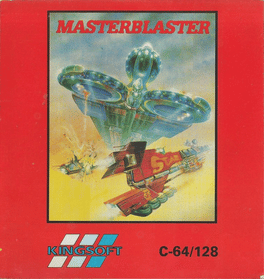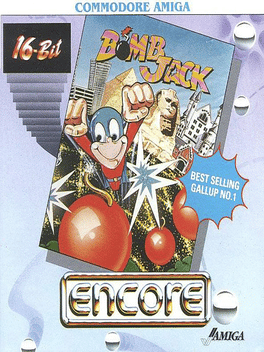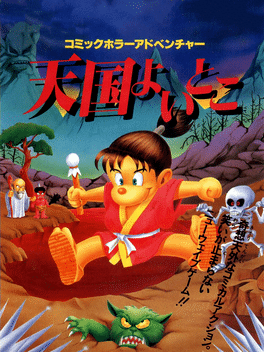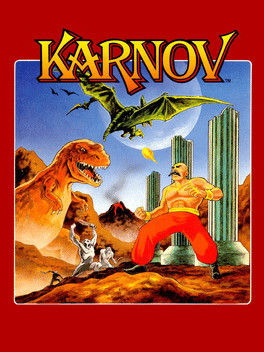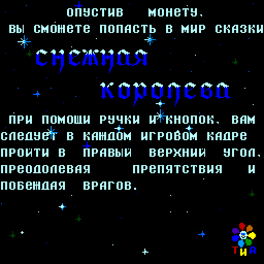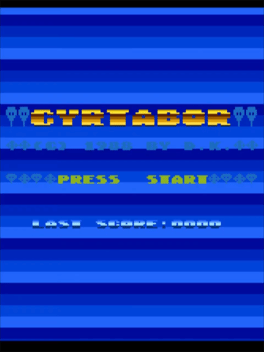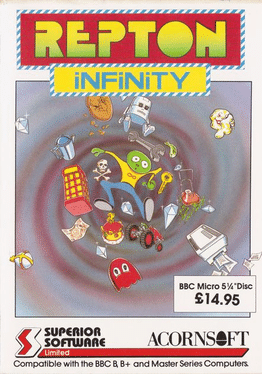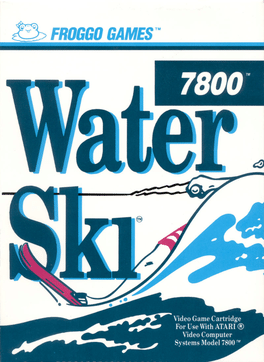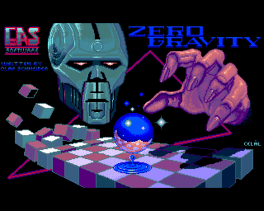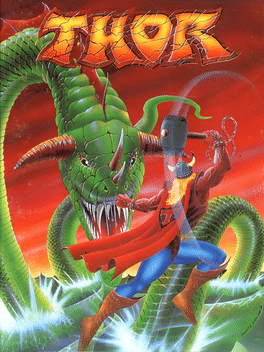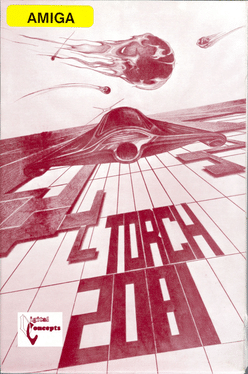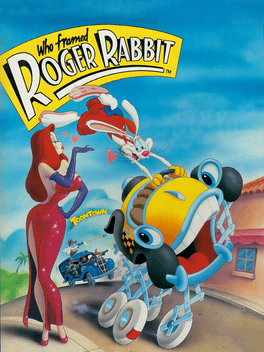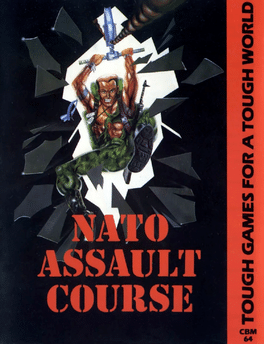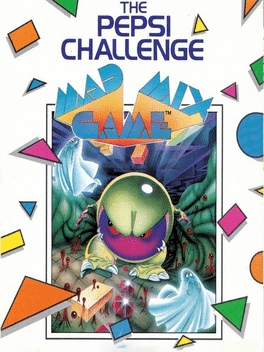New Gb Games - Page 225
-
Master Blaster
1988
Master Blaster
1988
You are the pilot of a Federation Clearance Ship and it's your job to make sure the Space Lanes between Pluto and Mercury are clear from asteroids (reduced in size when shot), alien ships and shooting stars. You must clear three sectors for each planet in the Solar System before attempting to dock with the Factory Ship. The game is viewed from above your ship with the whole sector shown on screen. You can turn your ship left and right as well as thrust forward and you must shoot anything that moves on the screen. Once a sector is cleared you must enter a gate to move to the next one. -
Bomb Jack
1988
Bomb Jack
1988
Bomb Jack is an arcade platform game that was released in 1984 by Tehkan (known today as Tecmo). It was followed by two official sequels, the console and computer title Mighty Bomb Jack, and the arcade game Bomb Jack Twin and Bomb Jack II, which was licensed for home computers only. The highest known score was by Mr G Jones from London: 6 746 800. Bomb Jack is a hero who can perform high jumps and float in the air. His goal is to collect all red bombs on the screen. The game's antagonists are enemies such as birds and mummies which, once they drop in the bottom of the screen, can morph into things like flying saucers and orbs that float around the screen, making Jack lose a life if he touches them. Collecting bombs will increase the bonus meter at the top of the screen (collecting lit bombs increases it more). When the meter is completely filled up, a circular bouncing "P" appears, and when collected, it will turn all the enemies into bonus coins for a short period during which Jack may collect them. Other similar -
Bomb Jack
1988
Bomb Jack
1988
In Bomb Jack, the player controls Jack, who must collect all the bombs in order to complete the current round and go onto the next one. This sounds easy, right? Wrong! Making Jack's task difficult are numerous enemies such as birds, mummies, turtles, and orbs. In each round, collecting a number of bombs results in a bonus coin appearing, and collecting this coin will make the player's score increase 2 to 4 times. More often than not, the "power ball" appears, and when you collect this, you can defeat enemies and have more time to collect all the bombs. There is also the "E" coin, which gives Jack one additional life, but rarely does this coin appear. The more you progress through the game, the more difficult it becomes, as enemies travel more quickly to get you. -
Vs. The Quest of Ki
1988
-
Tengoku Yoitoko
1988
Tengoku Yoitoko
1988
Tengoku Yoitoko is an arcade game where a young man is sent to heaven to fight against various monsters. -
Karnov
1988
-
Snezhnaja Koroleva
1988
Snezhnaja Koroleva
1988
USSR maze game based on the 1967 Soviet film based on the 1844 fairy tale by Hans Christian Andersen. -
Cosmic Camouflage
1988
Cosmic Camouflage
1988
The player controls a spaceship in order to avoid and destroy asteroids. The controls are rotate, thrust and fire. It expands on Meteors by introducing different types of asteroids and enemies, and a limited use camouflage function that allows the player to pass through asteroids and enemies. -
Cyrtabor
1988
Cyrtabor
1988
Cyrtabor is a game of skill, in which you guide a top through a level full of platforms and lava. You have to collect stuff for score. -
Repton Infinity
1988
Repton Infinity
1988
Repton Infinity is as much a development tool as it is a game. Its predecessor Repton 3 included a level and graphics editor but Infinity takes it one step further with Reptol, a scripting language that allows the user to alter the behaviour of characters and objects. This means that the user can not only create new Repton levels but also completely new games. Four games are included to demonstrate the tools: - Repton 3: Take 2 - Repton 4 - Robbo - Trakker -
Water Ski
1988
Water Ski
1988
In Water Ski you are water skiing on the Pharonna River. You control both the boat and skier in this vertically scrolling action game. Your goal is to reach the finish line before time runs out and also to earn as many points as possible. The river is quite dangerous, and features many twists and turns along with rocks, logs and other obstacles. For bonus points there are numerous ramps located throughout the river which your skier can jump over (and if you can manage to ski over every ramp on the level, you'll earn even more points!). You start the game with four skiers, and the game ends when all of you skiers have crashed. -
Zero Gravity
1988
-
Thor
1988
-
Harrier 7
1988
-
Torch 2081
1988
Torch 2081
1988
Torch 2081 is a Tron-like game. You're a pilot in the World Military Service on the planet Torch. What was once your only concern, the defense of your planet against the warriors of Craylon, has now changed to an even greater, more difficult challenge. Fireballs, which are what remains of planets once destroyed during an earlier interplanetary nuclear war, are now bombarding the your planet's surface and destroying its inhabitants. You must now protect the surface of Torch. Using an old S.D.G. (surface defense glider) designed for defense of the planet against the Craylon race, you must use it to construct metallic panels above the planet surface increasing the structure of the candar shield. You must attempt to limit the flight area of the incoming fireballs by flying from panel to panel and edge to edge of your territory constructing new panels while avoiding your ships destruction. -
Wells & Fargo
1988
Wells & Fargo
1988
Wells & Fargo is a game by Spanish developer Topo Soft in which players drive a stagecoach fending off attackers. The game supported two simultaneous players, one driving the coach while the other shot at enemies from the back. -
Para Assault Course
1988
-
NATO Assault Course
1988
